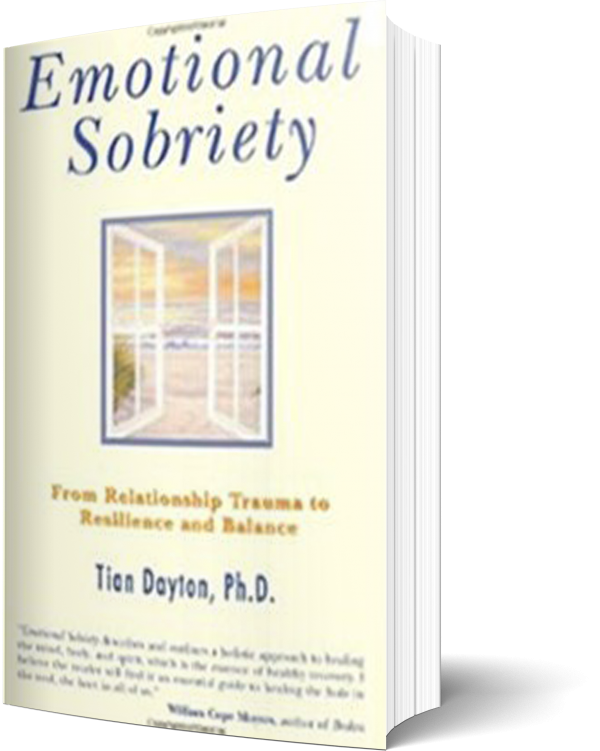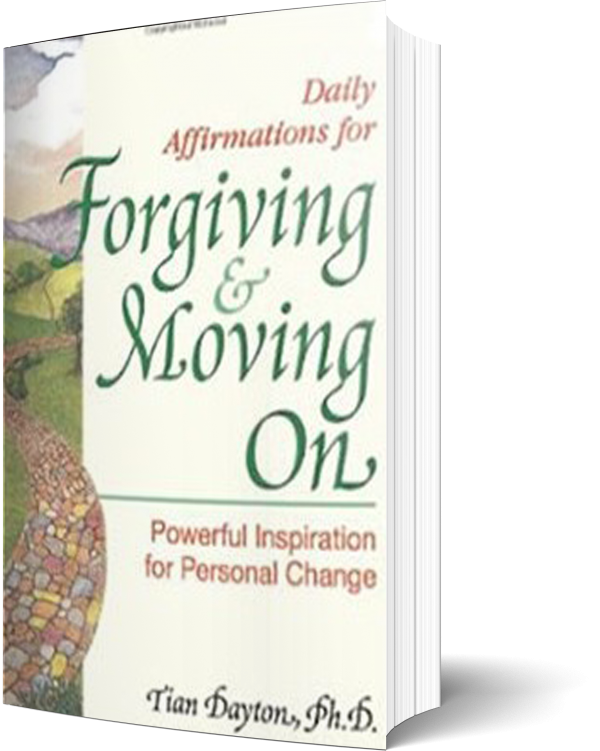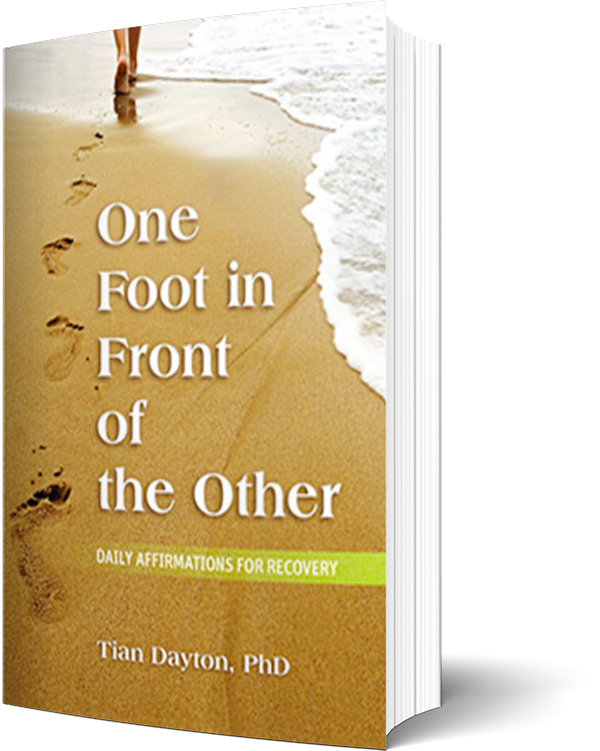How does environment and behavior actually become biology? Our mind’s response to stress sends out body signals as to whether or not to rev up or ease up. We were probably not designed for the kinds of constant stressors that are part of most modern lives. Daily traffic, beeping, tapping, buzzing, to say nothing of 24-hour news, can chip away at our resolve to stay calm and leave us feeling edgy or drained. Then we overreact to normal stresses of the day and spurt out more adrenaline than is required — after all, we’re not really staring down a charging elephant (usually), and we lose those calming chemicals that we need in order to keep our moods and our minds smooth and our thoughts, feelings and behaviors integrated and intelligent. Prevention can allow us to build up little moments of calm throughout our day that we can draw from when we feel ourselves tensing up or revving up. Try taking revitalizing little breaks to increase that pool of calm inside of you and remind you that life is not a race, that most things actually will get done, and that some of what we worry about really solves itself.
When you have one minute
Place your hand just beneath your navel so you can feel the gentle rise and fall of your belly as you breathe. Breathe in slowly. Pause for a count of three. Breathe out. Pause for a count of three. Continue to breathe deeply for one minute, pausing for a count of three after each inhalation and exhalation.
Or alternatively, while sitting comfortably, take a few slow deep breaths and quietly repeat to yourself “I am” as you breathe in and “at peace” as you breathe out. Repeat slowly two or three times. Then feel your entire body relax into the support of the chair.
When you have two minutes
Count down slowly from 10 to zero. With each number, take one complete breath, inhaling and exhaling. For example, breathe in deeply saying “10” to yourself. Breathe out slowly. On your next breath, say “nine,” and so on. If you feel lightheaded, count down more slowly to space your breaths further apart. When you reach zero, you should feel more relaxed. If not, go through the exercise again.
When you have three minutes
While sitting down, take a break from whatever you’re doing and check your body for tension. Relax your facial muscles and allow your jaw to fall open slightly. Let your shoulders drop. Let your arms fall to your sides. Allow your hands to loosen so that there are spaces between your fingers. Uncross your legs or ankles. Feel your thighs sink into your chair, letting your legs fall comfortably apart. Feel your shins and calves become heavier and your feet grow roots into the floor. Now breathe in slowly and breathe out slowly. Each time you breathe out, try to relax even more.
When you have five minutes
Try self-massage. A combination of strokes works well to relieve muscle tension. Try gentle chops with the edge of your hands or tapping with fingers or cupped palms. Put fingertip pressure on muscle knots. Knead across muscles, and try long, light, gliding strokes. You can apply these strokes to any part of the body that falls easily within your reach. For a short session like this, try focusing on your neck and head.
• Start by kneading the muscles at the back of your neck and shoulders. Make a loose fist and drum swiftly up and down the sides and back of your neck. Next, use your thumbs to work tiny circles around the base of your skull. Slowly massage the rest of your scalp with your fingertips. Then tap your fingers against your scalp, moving from the front to the back and then over the sides.
• Now massage your face. Make a series of tiny circles with your thumbs or fingertips. Pay particular attention to your temples, forehead, and jaw muscles. Use your middle fingers to massage the bridge of your nose and work outward over your eyebrows to your temples.
• Finally, close your eyes. Cup your hands loosely over your face and inhale and exhale easily for a short while.
When you have 10 minutes
Try imagery. Start by sitting comfortably in a quiet room. Breathe deeply for a few minutes. Now picture yourself in a place that conjures up good memories. What do you smell — the heavy scent of roses on a hot day, crisp fall air, the wholesome smell of baking bread? What do you hear? Drink in the colors and shapes that surround you. Focus on sensory pleasures: the swoosh of a gentle wind, soft, cool grass tickling your feet, or the salty smell and rhythmic beat of the ocean. Passively observe intrusive thoughts, and then gently disengage from them to return to the world you’ve created. This entirely internal process can really slow down the mind so that the stress response gets interrupted before it can wreak its havoc on our bodies.
For more by Dr. Tian Dayton, click here.
For more on stress, click here.





